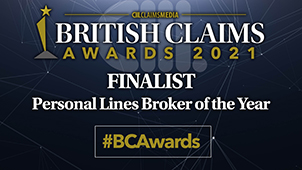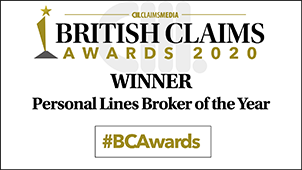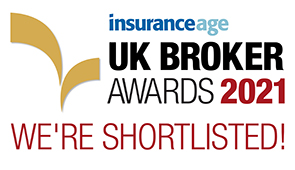Training your team for safety is a vital part of managing health and safety in the workplace. As an employer, you are responsible under health and safety legislation to provide it for all employees. For the self-employed, you must be competent to conduct your business activities without exposing yourself or others to health and safety risks.
Committing to a structured and documented training programme will help you to fulfil these responsibilities, whilst at the same time reducing the chance and impact of disruptive incidents.
We would recommend that you try to avoid informal or unstructured training sessions, as they come with a couple of major drawbacks. Firstly, this kind of training can open the door to incorrect practices that haven’t been formally risk assessed. And secondly, these sessions are often not documented so there is no evidence to show the training actually took place. This is an important point, because over the years we have seen a number of insurance claims made against funeral directing firms successfully defended, because well-documented training records were readily available.
For an employer, the overarching objective with respects to health and safety is to:
- provide information, instruction and training to ensure employees spot and control hazards and risks; and
- develop safe systems of work and risk control measures for health and safety and include them in formal work instructions and procedures.
The requirements for effective completion of these actions can be established primarily from your health and safety policy and up-to-date risk assessments. Please note that a documented health and safety policy is a legal requirement if you employ 5 or more people.
Training development
As far as developing the training for safety content itself, the key things here are to ensure that it’s both relevant and easily understood. Those being trained must know the hazards they could face; the precautions they should take; and any emergency procedures they may need to follow.
It’s a good idea to prioritise training for the following situations:
- where a lack of information and/or training might result in serious harm
- where the largest number(s) of staff would benefit
- for new recruits and people changing their jobs or taking on new responsibilities
Whilst training can be delivered by external providers and specialist training bodies, it may be more beneficial in certain situations to do this using ‘in-house’ expertise. Whichever the case, you must check the competence of those providing the instruction.
For many smaller organisations, providing simple information or instruction is likely to be sufficient without the need for extensive technical training or the use of external trainers.
Don’t forget contractors and self-employed people who may complete work for you, as they may need certain health and safety information to do this safely. For example, knowing if asbestos is present.
You may be able to source training materials or courses from others, such as professional bodies like the
NAFD or independent health and safety consultants.
Training delivery
The means by which the training is delivered will vary considerably depending upon what is required, and your own particular circumstances. To keep things fresh and interesting try to use a variety of training methods, adapting them for the needs of individuals and in response to feedback picked up following previous training sessions.
It is important to make sure that any training you provide meets the needs of your entire team, including those:
- who are new, inexperienced or younger employees
- who might not have English as their first language
- with poor literacy skills or disabilities
- who are part-time or employed on a shift basis
Training records
The importance of keeping written training records has already been mentioned. This was in the context of providing evidence that could be used to try and defend an insurance claim – particularly where allegations of personal injury have been made. However, this is not the only area where training records are of value, as they can also be used, for example, to show regulatory compliance and support employee development.
There is no preferred format for training records. Many employers rely on paper records (especially when a signature is required), but it is becoming increasingly common for employers to keep training records electronically.
Electronic records can, of course, help to reduce the amount of paper you need to store. But some types of paper documentation can still be useful. Many firms want their employees to sign a sign-in sheet when they attend a training session. And the use of sign-in sheets is an effective way to keep track of attendance.
Follow up
You will want to know how effective your training for safety has been, and this evaluation can be made through formal assessment of the trainees, e.g. a quiz or test, or issue of a ‘pass certificate’ at the end of the session.
It is also a good idea to get trainee feedback to check the adequacy of what was provided and to see if improvements can be made.
Finally, you should plan for periodic refresher training, especially for infrequent, complex or safety-critical tasks.
Want to know more?
If you don’t have one already, please contact us to request a copy of one of our new risk management guides for funeral directors which are available both in booklet form or PDF format.
Funeral directors who have their Business Premises insured with SEIB can also call 0345 600 7531 (Monday to Friday 9am - 5pm, excluding bank holidays) to speak to a risk management expert.
Further guidance and resources are also available at:
www.hse.gov.uk
About SEIB
SEIB have been arranging tailored insurance for
funeral directors and associated trades for over 40 years, giving them expert insight into the risks faced by such a unique industry. To find out more about protecting your business and reputation with SEIB, please call us on 0345 450 0648 to talk to one of our expert advisors.



